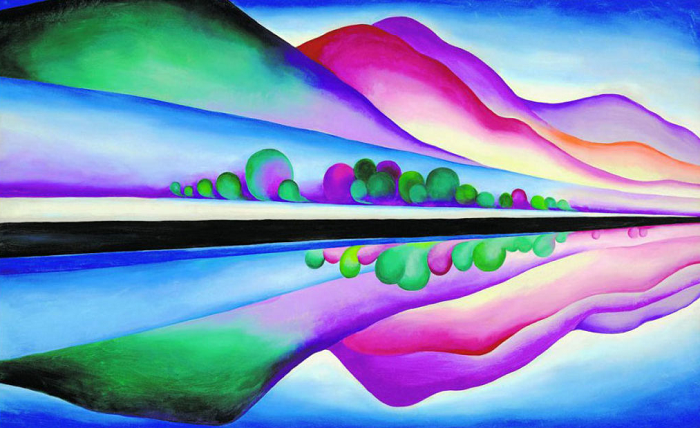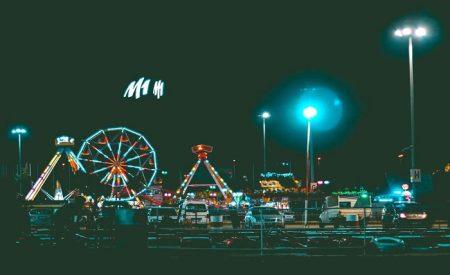Throughout history, master artists have demonstrated an intense relationship with color, using it not just as a tool for expression but as a vehicle to convey emotion, mood, and deeper meaning in their work. Color became an integral part of their artistic journey, fueling their passion, obsessions, and philosophical beliefs. This article explores the unique ways in which some of the world’s greatest artists approached MK Sports color in their work.
Wassily Kandinsky: Color and Spirituality
Wassily Kandinsky, a pioneer of abstract art, often made parallels between music and color. A trained musician, Kandinsky believed that colors, like musical notes, could create harmony and provoke deep emotional and spiritual responses. In his own words, “Color is the keyboard, the eyes are the harmonies, the soul is the piano with many strings.” He argued that certain colors vibrate with the human soul, affecting not just mood but the entire body. For Kandinsky, color was a mystical force with the power to evoke psychic vibrations, connecting deeply to the spiritual world.
J. M. W. Turner: The Obsession With Yellow
- M. W. Turner, a celebrated British painter, was renowned for his vivid use of color, especially his obsessive use of yellow. His sunlit seascapes often burst with golden hues, but this fixation led some critics to accuse him of using too much yellow, claiming his works had “jaundice.” Turner experimented with pigments like Indian Yellow (derived from the urine of mango-fed cows) and Chrome Yellow (a toxic lead-based pigment). Despite the criticism, his innovative use of yellow created some of the most expressive works in the Romantic period.
Helen Frankenthaler: Innovation in Color
Helen Frankenthaler’s use of Daman Game color evolved dramatically over her career. In the 1950s, her spontaneous, large-scale abstract expressionist paintings focused on creating a sense of immediacy. By the 1960s, Frankenthaler began experimenting with the placement of bold strips of color, blending areas of stain against white spaces. Her style became more structured in the 1970s, marked by bright colors reminiscent of Fauvism, and later, in the 1980s, her palette shifted toward more muted, serene tones. Frankenthaler’s innovative approach to color broke new ground in abstract art, as she continuously explored new ways of using color to shape the viewer’s experience.
Henri Matisse: Color to Express Light
Henri Matisse believed that color should not just represent physical light, but the light within the artist’s mind. He wrote, “The chief function of color should be to serve expression. Colour helps to express light, not the physical phenomenon, but the only light that really exists, that in the artist’s brain.” In his work, Matisse used bold, flat areas of color to create radiant compositions. His bold use of color became a hallmark of Fauvism, allowing him to push boundaries in how light, form, and emotion could be conveyed through simple yet powerful hues.
Claude Monet: The Study of Light and Color
Claude Monet, one of the founders of Impressionism, was endlessly fascinated by how light changes the appearance of color. His obsessive study of light led him to paint the same subject multiple times under different lighting conditions. For Monet, color was not just a tool for representation but for exploring the subtleties of light and atmosphere. His series on haystacks and the Rouen Cathedral, for example, showcase how color varies at different times of day and in different seasons, demonstrating his mastery in capturing the ephemeral nature of light.
Vincent van Gogh: Emotional Color
Vincent van Gogh had a profound understanding of the emotional power of color. He wrote, “There is no blue without yellow and without orange,” reflecting his awareness of the relationships between colors. Van Gogh used color to express his emotions, often pairing complementary colors to create tension and vibrancy. His works, such as The Starry Night and Sunflowers, are prime examples of his use of bold, contrasting colors to communicate intense feelings of joy, sadness, and turmoil.
Georgia O’Keeffe: Color Harmony and Contrast
Georgia O’Keeffe’s work exemplifies a masterful balance of color harmony and contrast. In her painting Lake George Reflection, she uses complementary colors, like red and green, to create a striking contrast that exudes power, while analogous colors, such as purple, blue, and green, provide a sense of calm and continuity. O’Keeffe’s use of color not only guides the viewer’s eye through her compositions but also evokes the natural beauty and emotional depth of her subjects.
Pablo Picasso: The Blue Period
Pablo Picasso’s Blue Period (1901-1904) is one of the most iconic examples of how color can reflect an artist’s emotional state. Following the tragic suicide of his friend Carlos Casagemas, Picasso sank into a deep depression, which is mirrored in his use of somber, muted blues. The color blue became synonymous with sorrow and despair in works like The Old Guitarist, where Picasso’s use of heavy blues evokes the profound melancholy of his subjects. This period demonstrates how a single color, when used consistently, can shape the emotional tone of an entire body of work.
Conclusion
Master artists throughout history have developed deep relationships with color, using it not just to represent the world around them but to convey emotion, spirituality, and meaning. Whether it’s Kandinsky’s belief in the spiritual vibrations of color or Monet’s obsession with light, these artists demonstrate the profound impact color can have in shaping our perceptions and emotions. Through their innovative use of color, these masters continue to inspire and influence the art world today, proving that color is not just a visual tool but a powerful form of expression.







